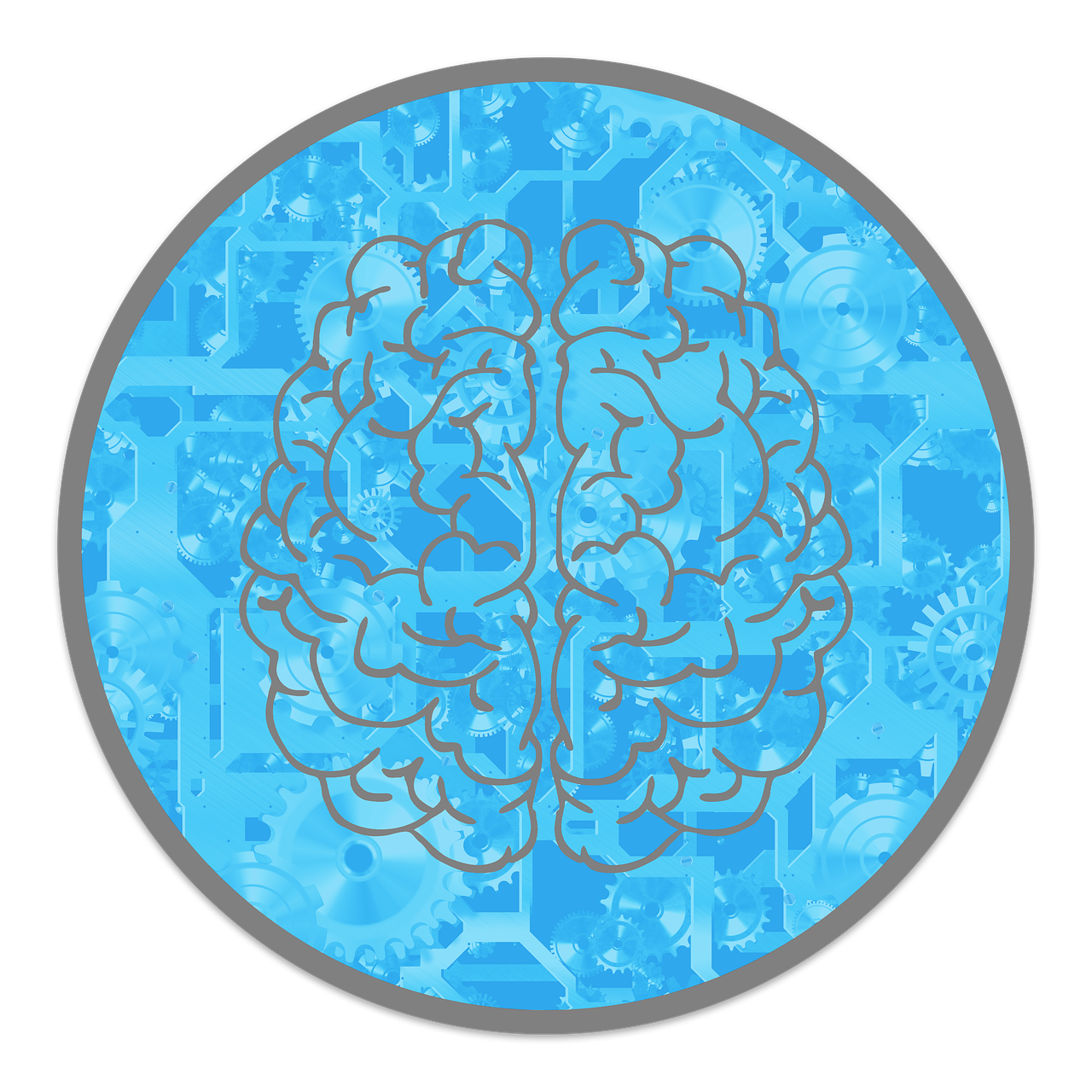
In a world full of pings, scrolls, and pop-ups, staying focused is harder than ever.
But attention isn’t just brain stuff—it’s the key to how we think, remember, and decide.
For digital marketers, cracking the code on attention means creating campaigns that don’t just flash by—they stick.
This article breaks down what attention really is, how it works (and fails), and how you can use that knowledge to make smarter, sharper marketing in our distraction-heavy digital world.
What is Attention? A Cognitive Spotlight
Attention is your brain’s way of saying, “Hey, focus on this, ignore the rest.”
It works like a flashlight—only instead of lighting up your bedroom at 3 a.m. when you hear a noise, it lights up whatever your brain decides matters right now.
Without attention, your brain would short-circuit from overload.
Imagine trying to read a text, listen to a podcast, scroll TikTok, and eat cereal—all at once.
Total chaos. Attention saves us from that mess by helping us zero in on one thing while tuning out the noise.
Psychologists break attention into four main types. Let’s break them down like characters in a teen drama:
1. Selective attention
This is when your brain locks in on one thing and ignores the rest.
Think: You’re at a party. Everyone’s talking, music’s blasting, snacks are crunching—but somehow, you still hear your name from across the room.
That’s the cocktail party effect. Your brain’s spotlight says, “That’s important—zoom in!”
2. Sustained attention
This is your brain sticking with one task for a long time.
Picture a gamer grinding through a 10-hour quest or a student actually studying without switching tabs. That’s sustained attention. It’s hard.
It takes energy. But it’s how stuff gets done.
3. Divided attention
This is your brain trying to juggle more than one thing at once.
Spoiler alert: It’s mostly a myth.
When you text and drive, or watch Netflix while “working,” your brain isn’t doing both things at the same time. It’s just flipping back and forth really fast—and usually messing up both.
4. Alternating attention
This is when your brain switches between different tasks that need different kinds of focus.
Like when you answer a Slack message, then jump back to writing a report, then help your sibling with homework.
It’s not full multitasking—but it’s the closest we get to it without frying our brains.

Attention’s Interplay with Perception and Memory
Attention doesn’t work alone—it teams up with perception and memory to decide what we notice, remember, and forget five seconds later.
If attention is the bouncer at the brain’s club, perception and memory are the VIP lounge and the photo gallery.
Attention and perception
Your brain doesn’t just record reality—it builds it. But here’s the twist: it builds based on what you’re paying attention to.
Let’s say you’re watching a basketball video, counting passes like a good student.
A person in a gorilla suit literally walks through the frame. You don’t see it. Why? Because your attention was on the ball, not the furry interloper.
This was the famous inattentional blindness study by Simons & Chabris (1999), and yes—most people missed the gorilla.
Attention and memory
Your brain needs attention to build memories. If something doesn’t grab your focus, it probably won’t stick.
Here’s how attention feeds memory:
- Encoding: If you focus, your brain says, “Let’s save this.” That’s why active learning (like making flashcards or explaining stuff out loud) works better than just re-reading.
- Consolidation: After you learn something, your brain keeps working behind the scenes to make that memory solid. Attention helps this process.
- Retrieval: Even when pulling stuff from memory later, attention helps. Try recalling your email password while someone’s yelling—good luck.
The Attentional Bottleneck: Limitations and Challenges
Attention feels powerful, but it’s limited—like your phone battery at 2%.
Psychologists call this the attentional bottleneck.
You only have so much brainpower to process stuff at once. So your brain has to filter: “Focus on this… ignore the rest.”
But in the digital world, that filter gets hammered. Here’s why:
Information overload
Every second, your brain gets hit with more content than it can handle—news alerts, memes, YouTube shorts, Spotify playlists, unread DMs, five open tabs, and a random ad for a product you Googled once.
It’s like trying to drink from a fire hose.
Multitasking culture
We love to think we can do five things at once—texting, emailing, scrolling, and pretending to work on that deck.
But real talk? You’re just switching back and forth fast and doing each thing worse.
That’s fragmented attention, and it kills productivity.
Notification fatigue
Every ding, buzz, or pop-up steals a slice of your focus.
These tiny interruptions add up, making your brain feel like it’s running 17 apps at once.
That’s cognitive overload, and it fries your attention.
Short attention spans
You’ve probably heard that humans now have shorter attention spans than goldfish.
That came from a Microsoft study in 2015—cool headline, questionable science.
Still, the core idea sticks: our digital habits might be messing with how long we stay focused.

Leveraging Attention in Digital Marketing
Getting people’s attention online is like trying to shout over a crowd at a concert—loud, messy, and full of distractions.
But if you understand how attention actually works, you can stop shouting and start connecting.
Here’s how marketers can use attention like a tool instead of just hoping someone notices.
1. Hook them fast
The first few seconds matter. If your headline doesn’t hit, people scroll right past.
Think of it like a dating app—if the first pic or line doesn’t grab attention, it’s a swipe left.
Here’s how to make people pause:
- Be clear and curious: Say what they’ll get, and make them want to know more.
- Add emotional punch: Words like “struggling,” “secret,” or “easy” can trigger curiosity or urgency.
- Make it fresh: Don’t say “Ultimate Guide”—everyone does that. Say something unexpected.
- Use smart keywords: Don’t just write for people—write for Google too.
Oh, and visuals? No boring stock photos. Use real faces, bold colors, or something weird enough to stop the scroll.
2. Keep it snackable
Most people don’t read—they scan. Like a teenager checking a text from their mom: glance, skim, bounce.
Here’s how to help them stay:
- Short paragraphs: Three lines max. No one wants a wall of text.
- Clear subheadings: Let them jump to the part they care about.
- Bullet points and numbered lists: Like this one. Easy to scan.
- Bold key phrases: Make the important stuff pop.
- White space: Give their eyes room to breathe. Cramped = gone.
3. Make it easy
If your site is slow, clunky, or confusing, people leave. No second chances.
Here’s what to fix:
- Speed: If your site takes longer than 3 seconds to load, users bounce faster than you can say “wait.”
- Navigation: Don’t make people hunt for stuff. Clear menus. Search bars. Logical flow.
- Mobile-friendly: If it looks bad on a phone, you’re losing half your audience. Maybe more.
Good UX = less brain strain = more attention left for your message.
4. Make it fun
People pay more attention when they interact. It’s like being part of the story instead of just reading it.
Try these:
- Polls or quizzes: “Which ‘90s brand are you?” Yeah, they click those.
- Interactive charts or infographics: Let people click and explore.
- Videos: But keep them short, snappy, and useful. No five-minute intros.
Interactive = sticky. And sticky means memorable.
5. Tell a story
People forget facts. They remember feelings. If you make them feel something, you win their attention—and their memory.
Here’s how:
- Real stories: Share case studies. Show how someone used your product and got results.
- Testimonials: Let your happy customers talk. Real voices beat polished copy.
- Structure: Beginning, middle, end. Conflict, solution, result. Just like movies.
Stories give your content heart. Without it, it’s just noise.
6. Guide the next move
Once you’ve got their attention, tell them what to do next. Don’t assume they’ll figure it out.
Make it obvious:
- Big buttons in the right place: “Sign Up,” “Download,” “Shop Now.”
- Use strong verbs: Not “Submit.” Say what they’re getting.
- One decision at a time: Don’t give them ten options. That’s just stress.
Good CTAs feel like a nudge, not a shove.

Final Take
Attention isn’t just a quick look—it’s the brain’s front door.
If your content doesn’t get through it, nothing else matters.
In digital marketing, where people scroll fast and forget faster, knowing how attention works is a must.
So keep it simple. Make content easy to scan. Tell good stories. Respect the user’s focus. That’s how you cut through the noise and actually connect.



